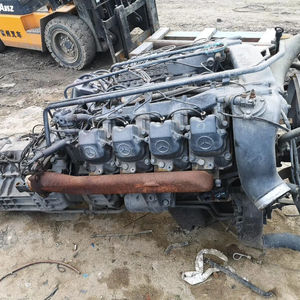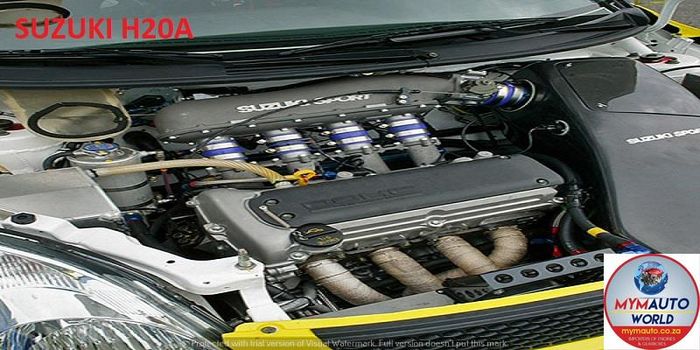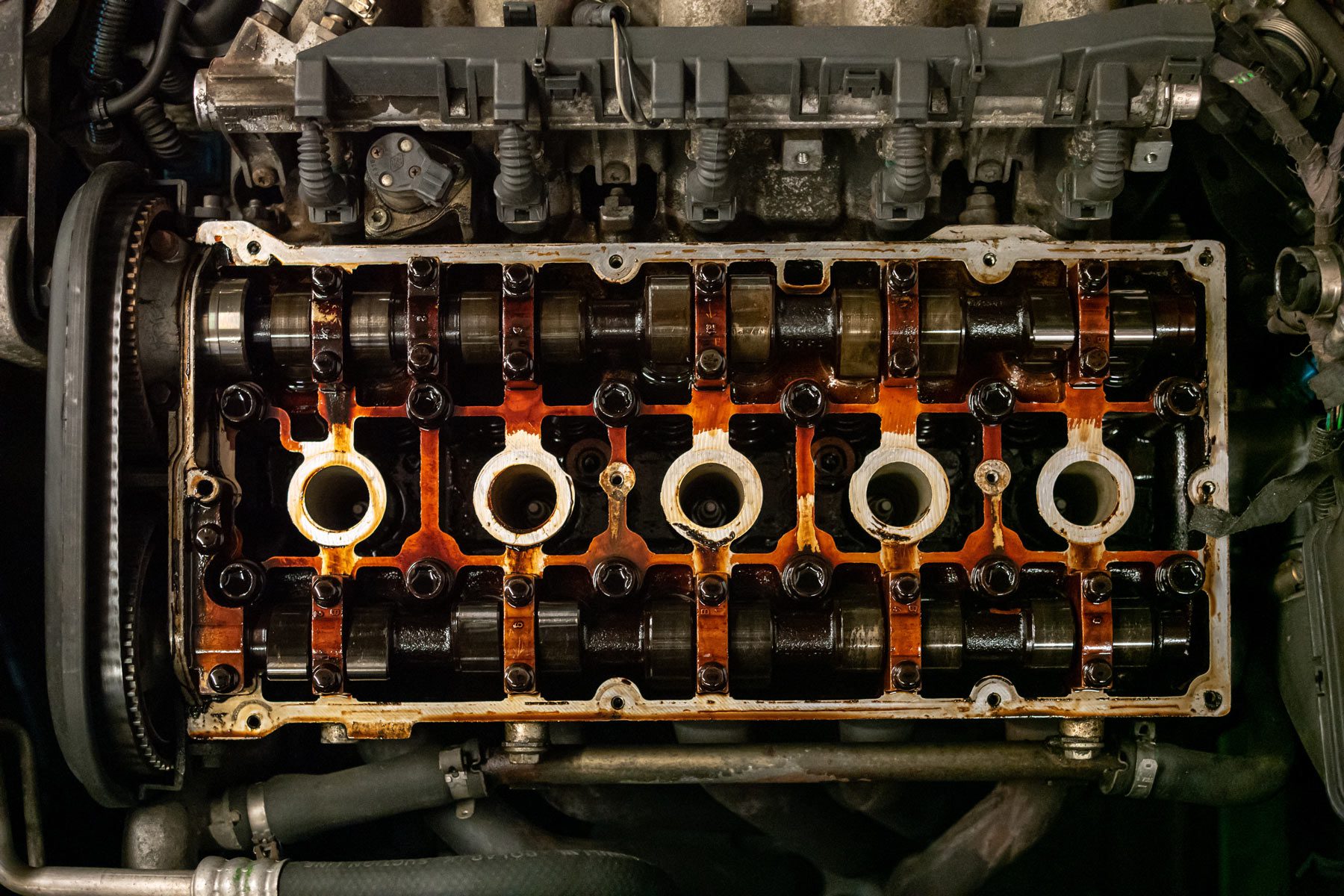Opel Corsa Engine: Common Issues and Just How to Fix Them
Opel Corsa Engine: Common Issues and Just How to Fix Them
Blog Article
Checking Out the Inner Functions of a Compact Automobile's Engine System
As motorists, we usually consider granted the intricate procedures that occur within the confines of our lorry's engine system. The compact yet intricate equipment that drives us onward is a wonder of engineering accuracy and control. From the regulated explosions in the burning chamber to the careful timing of gas injection, every element plays a critical role in the smooth procedure of the engine. In this exploration of a compact automobile's engine system, we will certainly decipher the inner workings of this mechanical harmony, dropping light on the mysteries that drive us onward on our day-to-day trips.
Burning Process Introduction
The combustion process in a portable vehicle's engine system is an important system that successfully converts fuel right into power to power the vehicle. This process occurs within the burning chamber of the engine, where fuel and air mix, ignite, and produce regulated surges. The burning process contains 4 main stages: intake, exhaust, compression, and power.
During the intake stage, the piston relocates downward, drawing in a mix of air and fuel into the combustion chamber. This down motion creates the power needed to drive the lorry. This cyclic combustion process is basic to the procedure of a small vehicle's engine system, guaranteeing reliable energy conversion for propulsion.
Piston and Cyndrical Tube Interaction

The piston's exact fit within the cyndrical tube is vital for preserving ideal compression and avoiding energy loss during combustion. Tight clearances between the piston and cyndrical tube walls make certain efficient securing, allowing the piston to move smoothly without allowing gases to leakage past. Proper lubrication is likewise important to decrease rubbing and wear between these components, boosting durability and efficiency.
In addition, the design and products utilized in manufacturing the piston and cylinder influence engine efficiency and sturdiness. Modern engines usually use lightweight yet durable products like aluminum alloys for pistons and cylinder liners to minimize inertia and improve thermal performance. Generally, the unified interaction between the piston and cylinder is essential to the engine's performance and total efficiency.
Gas Shot System Functionality
Gas shot systems in portable automobile engines play a vital role in exactly providing gas to the burning chamber for effective and controlled ignition. The fuel shot system operates by injecting gas right into the combustion chamber at the ideal minute during the engine's operation (opel corsa engine). This precise timing guarantees that the gas blends equally with the air for correct burning, causing improved fuel effectiveness and lowered discharges
There are primarily two sorts of fuel injection systems used in compact automobile engines: port fuel shot (PFI) and direct gas injection (DFI) PFI systems infuse gas right into the consumption port prior to the intake valve, while DFI systems infuse fuel directly right into the burning chamber. Both systems have their benefits, with DFI using much better fuel atomization and PFI providing a much more cost-efficient remedy.
Understanding Engine Cooling Systems
Efficient operation of a portable vehicle's engine depends greatly on the performance of its cooling systems. Engine cooling is necessary to stop getting too hot, which can bring about major damages and lowered efficiency. The air conditioning system in a portable vehicle commonly contains a number of parts functioning with each other to regulate the have a peek at these guys engine temperature. One essential part is the radiator, which makes use of coolant to soak up warmth from the engine. As the warm coolant streams via the radiator, it launches heat right into the air, his explanation cooling prior to returning to the engine. The water pump distributes the coolant through the engine and radiator, ensuring a consistent flow to regulate temperature level. In addition, the thermostat helps control the coolant circulation to preserve ideal engine temperature. Some automobiles likewise have cooling down followers that trigger when additional air conditioning is needed, such as during heavy web traffic or heat. Understanding these engine cooling mechanisms is vital for maintaining the efficiency and long life of a small vehicle's engine system.

Exhaust System Elements Explained
The optimal functioning of a small lorry's engine cooling devices depends on a complementary system referred to as the exhaust system, which consists of various crucial components for making certain reliable emissions and engine efficiency. The exhaust system consists of parts such as the exhaust manifold, catalytic converter, muffler, and tailpipe. The exhaust manifold gathers exhaust gases from the engine's paths and cyndrical tubes them to the catalytic converter. The catalytic converter after that transforms dangerous pollutants in the exhaust right into less dangerous emissions prior to releasing them through the muffler and tailpipe.
One crucial element of the exhaust see here system is the oxygen sensor, which checks the oxygen degrees in the exhaust gases to help manage fuel intake and guarantee optimal engine efficiency. opel corsa engine. In addition, the resonator might be existing in some exhaust systems to minimize sound levels. Generally, the exhaust system plays an important function in preserving engine performance, lowering hazardous discharges, and making sure a quieter driving experience for small car proprietors

Verdict
In conclusion, the compact car's engine system is a complicated mix of components that collaborate to assist in the combustion procedure, convert gas right into energy, and get rid of waste gases. Recognizing the internal functions of the engine system, consisting of the piston and cyndrical tube communication, gas shot system, engine cooling mechanisms, and exhaust system elements, is critical for maintaining ideal performance and effectiveness of the vehicle.
The burning process in a portable lorry's engine system is a vital mechanism that efficiently transforms gas right into power to power the automobile.Gas shot systems in portable car engines play an essential duty in specifically providing gas to the combustion chamber for reliable and regulated ignition.There are primarily two types of gas shot systems made use of in portable car engines: port fuel shot (PFI) and straight gas injection (DFI) Understanding these engine air conditioning devices is vital for maintaining the efficiency and longevity of a small vehicle's engine system.
The optimal functioning of a compact vehicle's engine air conditioning devices depends on a complementary system recognized as the exhaust system, which makes up different crucial elements for ensuring reliable exhausts and engine performance.
Report this page